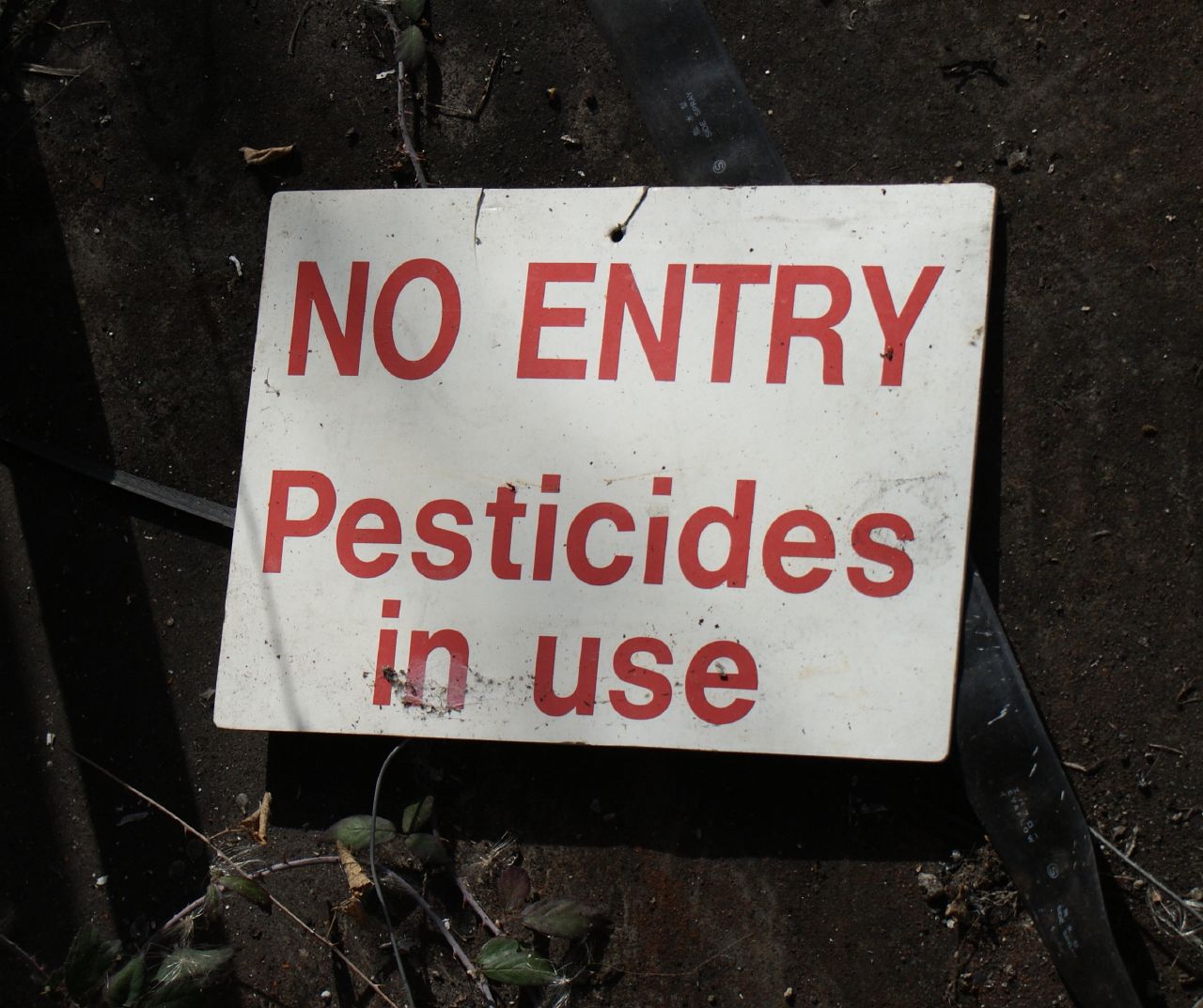An important new report on atrazine was published yesterday and it’s about time. Pesticide Action Network and Land Stewardship Project have brought together the science and farming communities to make a strong statement about the need for a new review of the herbicide atrazine and to outline alternatives for its use.
I’ve followed the atrazine issue since it was revealed as an endocrine disruptor; it is banned in the European Union but remains an incredibly common herbicide in the United States. According to this New York Times story, atrazine causes the feminization of frogs at 0.1 parts per billion and “may be associated with birth defects, low birth weights, and menstrual problems” in women at extremely low doses, at or below the current EPA guidelines (3 parts per billion).
Earlier this year I was contacted by people in Illinois who are suing atrazine’s inventor and largest manufacturer, Swiss-based Syngenta, and several others for polluting their water supply with atrazine, which is infamous for traveling widely in water tables. These are class action cases just beginning their discovery phase, but the debate is big news, causing corn growers associations all over the place to grumble. Corn growers really like atrazine.
But not all corn growers. LSP and PANNA’s report includes strong statements from a number of growers, some of which still actively apply chemicals to their crops, who have found atrazine to be just too noxious to continue using. They also suggest alternative practices to using atrazine. This group is also critical of Syngenta’s past success blocking good science and its production of bad science to back its claims of atrazine’s largely benign properties. They’re calling on EPA to re-evaluate atrazine with a science-based, unbiased approach.
That’s the sort of grassroots gusto I’ve come to expect from Land Stewardship Project, easily the leading voice in the U.S. for farm families dedicated to regenerative agriculture. Pesticide Action Network, for its part, brings important longterm perspective on pesticide use to bear in the report, which surfaced nuggets like this:
- “Right now, what’s become the number one treatment for breast cancer is a chemical called letrozole that blocks aromatase, that knocks out estrogen and it prevents your tumor from growing. If you get breast cancer, this is what they’re going to give you. At the same time, another company is exposing 70 percent of all Americans to atrazine, which turns on aromatase, increases estrogen and causes your cancers to grow into tumors. Novartis Oncology sells letrozole.
- Syngenta was the result of a merger of the agri-side of Novartis and AstraZeneca. So the company that’s giving you atrazine, which turns on your aromatase, turns around and sells you an aromatase blocker and says it’s a thousand times better than any other breast cancer treatment. So … either atrazine induces aromatase and contributes to breast cancer, the number one cancer in women, or letrozole can’t really knock out aromatase and treat your breast cancer.”
I can’t agree more with the reports’ authors that EPA needs to give Syngenta and its dreadful chemical baby a vigorous review.




